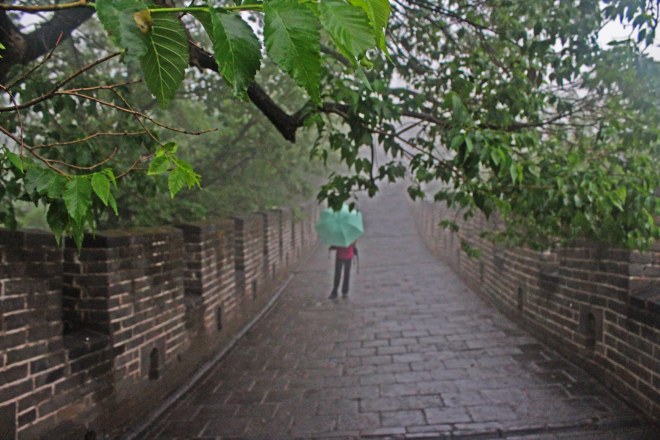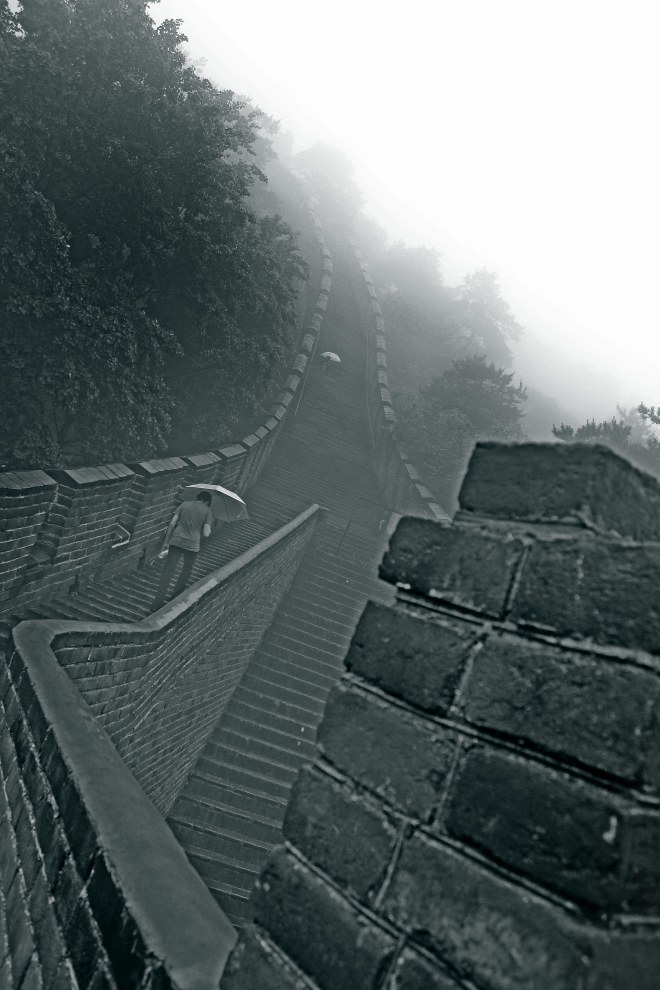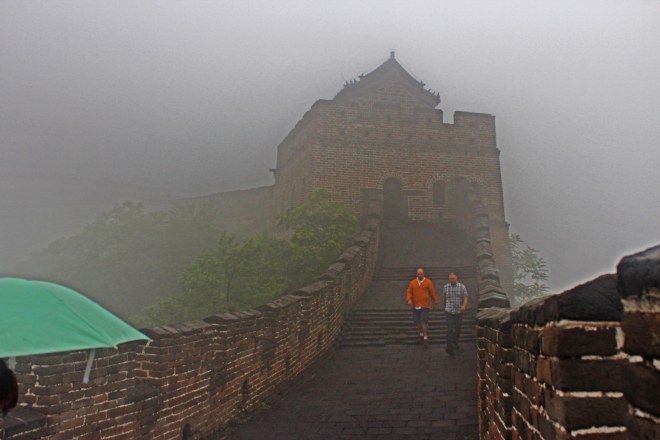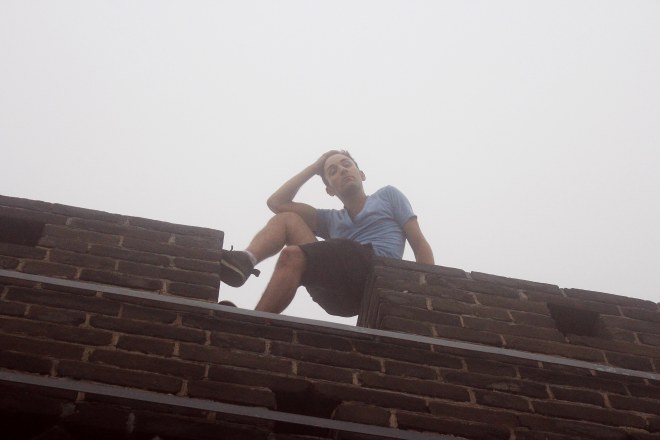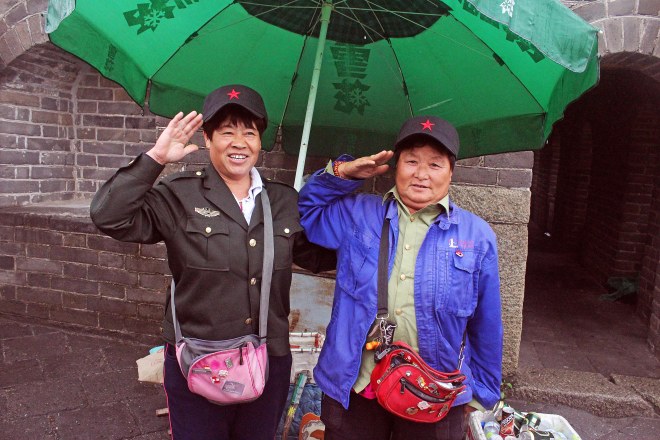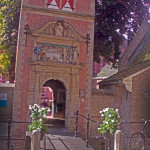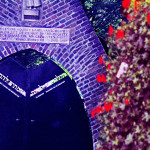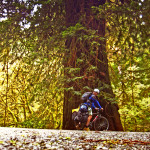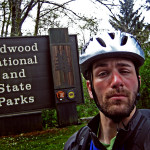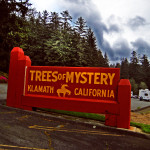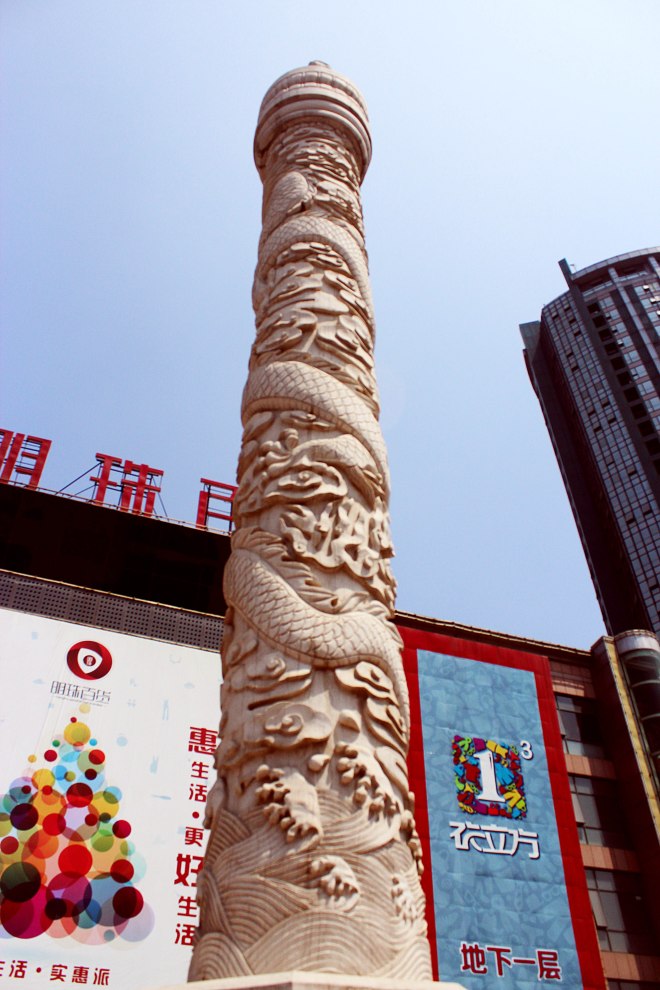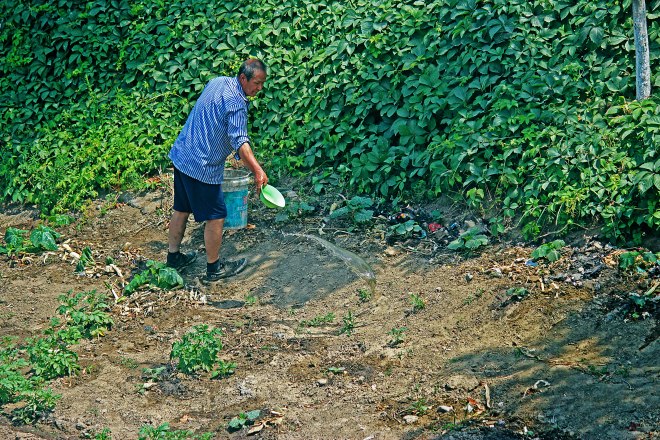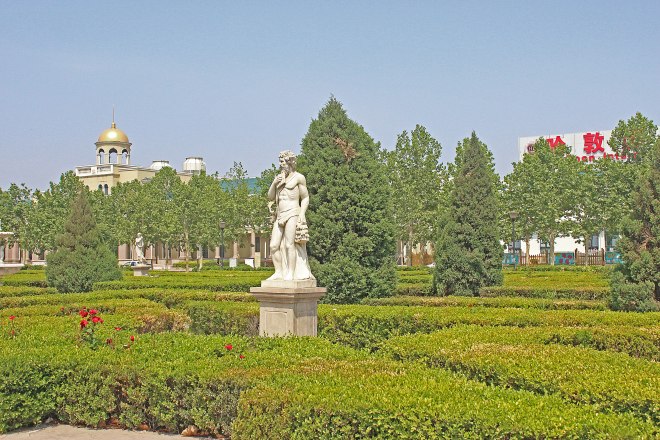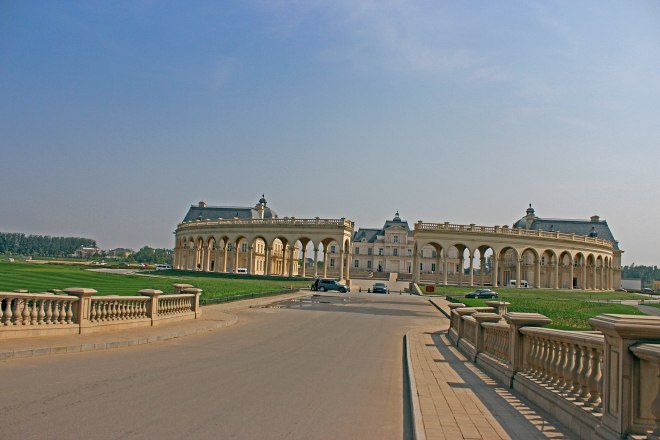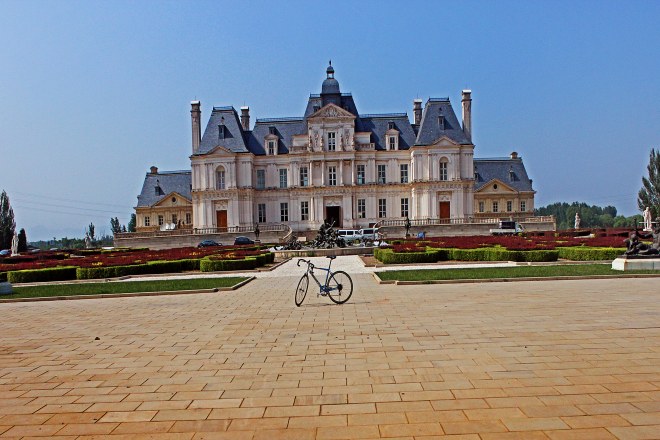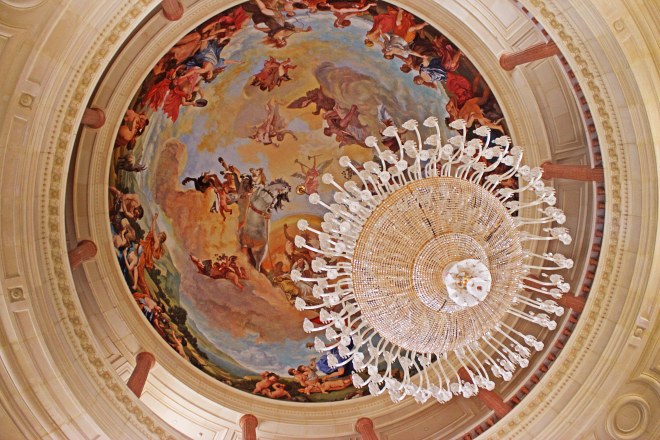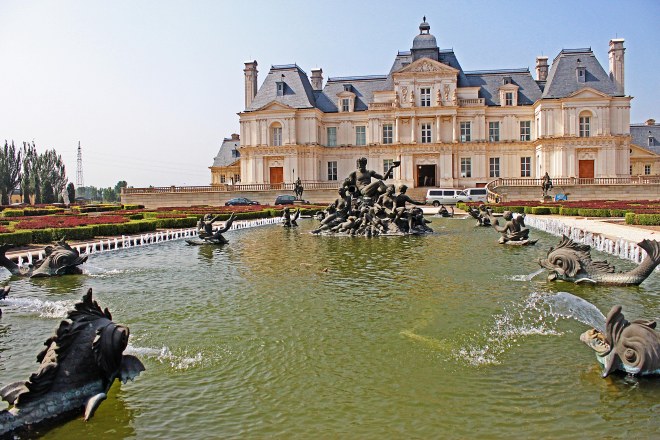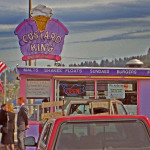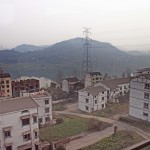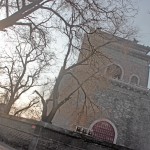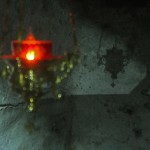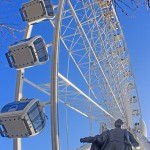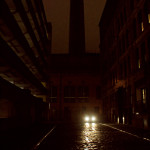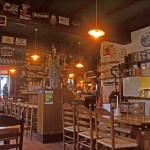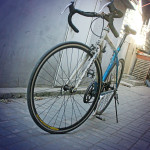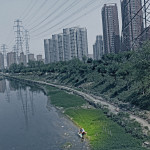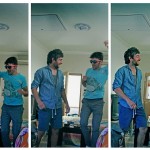My memory is on of my lacking faculties. That’s why I take tons of pictures, to blow on the fading embers of yesterday and the day before that. I don’t remember my first bicycle. I do remember learning to ride it. My grandfather was suppose to teach me, but teaching requires leaving the house on your own will, at least to the sidewalk that runs in front of it. At that time, that was not something Zeda (grandfather in Yiddish) was willing to do. So I turned to my best friend at the time, my neighbor, who was three years older than me. I remember I was older than most kids, learning to ride my bicycle, but that was nothing new to me. My motor skills developed in an odd fashion. I learned to crawl backwards and when I started to write words and numbers, they too, came out backwards. Luckily this backwards trend did not affect the direction of my cycling, thanks to the all-powerful gravitational pull of hills. I remember my friend’s teaching method to get me to cycle was to roll me down the sidewalk that led to his front door. I remember I fell numerous times. But I have no recollection of that first bicycle.
My love affinity for cycling did not come about straight out of the gate. In fact, I don’t remember riding my bicycle at all as a child, barring a charity bike ride that we did in Grade 7, where I flew over my handlebars, scraping up my entire left forearm, which still bares the scars of the gravel that lodged itself deep into my skin. I actually remember thinking that I never wanted to ride bicycles again after that. So why did I ever get back on?
I attribute the resurgence of me and any interaction with any two wheeled vehicle with my mother. We were in the kitchen one day, discussing this and that and him and her (my mom loves gossip), when my mom started talking about my childhood. She recollected that when I was younger that I was not a very physical child, but that I was very smart. I told her, I could be physical if I wanted to. Her response was a faint reprise of what she had said about me as a child, “it’s okay, you’re smart”.
“Well…I could do something physical”
“Like what?”
“I could cycle…to Mexico”
And that’s where it all started. Two and a half weeks or so later I was on a bicycle, fully loaded, overwhelmingly uneducated as to what I was doing, heading south, against early spring headwinds, that if I had done any research, would realize, blow in the complete opposite direction in the summer. I remember THAT bicycle. I don’t remember makes of bicycle, unless it’s really apparent, but I do remember it was black. I remember I got it second hand from Our Community Bikes and I remember taking 3 hours to replace two tires and put on fenders. I remember going on a single training ride of 50km. Along with panniers, I wore a 60-pound backpack and looked like a torpedo coming down the highway. In Washington, my lovely steed was named, Klalita, after the Klallam tribe of Washington (their true name means “strong people”). With only a broken chain in the middle of the Redwood Forest in California (which was my fault for forgetting to take off the bungee chords when I went for an evening ride to the store), in two months, Klalita and I made it to the Mexican border. I thought about crossing onto the Mexican side. But Klalita, obese with my stuff loaded upon her, wouldn’t squeeze through the pedestrian gate. Asking a guard for permission, I stuck one foot into Mexico, took a photo of me and Klalita and was on my way.
Klalita had one more trip in her. Global Agents for Change, a now defunct charity and social incubating program that raises awareness and funds for micro-credit loans, ran Ride to Break the Cycle, a fundraising and educating bike ride from Amsterdam to Istanbul that same summer. I registered and two weeks after my trip to Mexico, I was in Amsterdam, prepping for a 5,000 km journey with a group of 12 or so other riders to Istanbul (our numbers dwindled to 5 by the end). From the local fix-it on the trip, I learned to true my wheel and readjust my brake pads. Klalita had a few minor issues on the way. Her rear axle snapped in the middle of Germany and the old chain finally died along the Danube in Romania, but aside from that, she sailed like a celebrity yacht to the finish line. After I returned to “life”, my job, my new home in downtown Vancouver, I rode Klalita everywhere. I worked about 45 minutes, uphill from home, and every morning at around 6:15am, rain or shine, I headed out, clipped into Klalita, across the Burrard Street bridge and up the endless array of hills that make up my fair city (well…not always fair, but that’s another discussion).
December 7th, 2010 changed that routine indefinitely. My memory isn’t top tier at all (nor probably middle tier), but I do remember that that it was drizzling a bit as I came over the bridge that morning. That’s the last memory I have, before some mild, hazy visions of being inside an ambulance. A truck coming off the bridge hit me from behind. I flew into the air and landed on my helmet, which flew off my head on impact. I had abrasions to my leg, fractured by spine in two places and had slightly bled into my brain.
My Klalita suffered the worst and when I saw her again, this lovely creature who had taken me over ten thousand kilometers in a single year, was disfigured and broken. I fell to my knees and cried until my eyes hurt. “How could someone hurt something so lovely?” If it wasn’t for Klalita’s steel frame, essentially, her spine, my spine would have been a lot worse off and my life wouldn’t be what it is now. Recovery took three months. I was scared of roads. They made me nauseous. I don’t remember when it was, but I remember that it was soon after I got the go ahead to return to work in full swing, that I returned to cycling. I couldn’t throw Klalita away. I visit her from time to time in my parents’ basemen, where she permanently rests.








